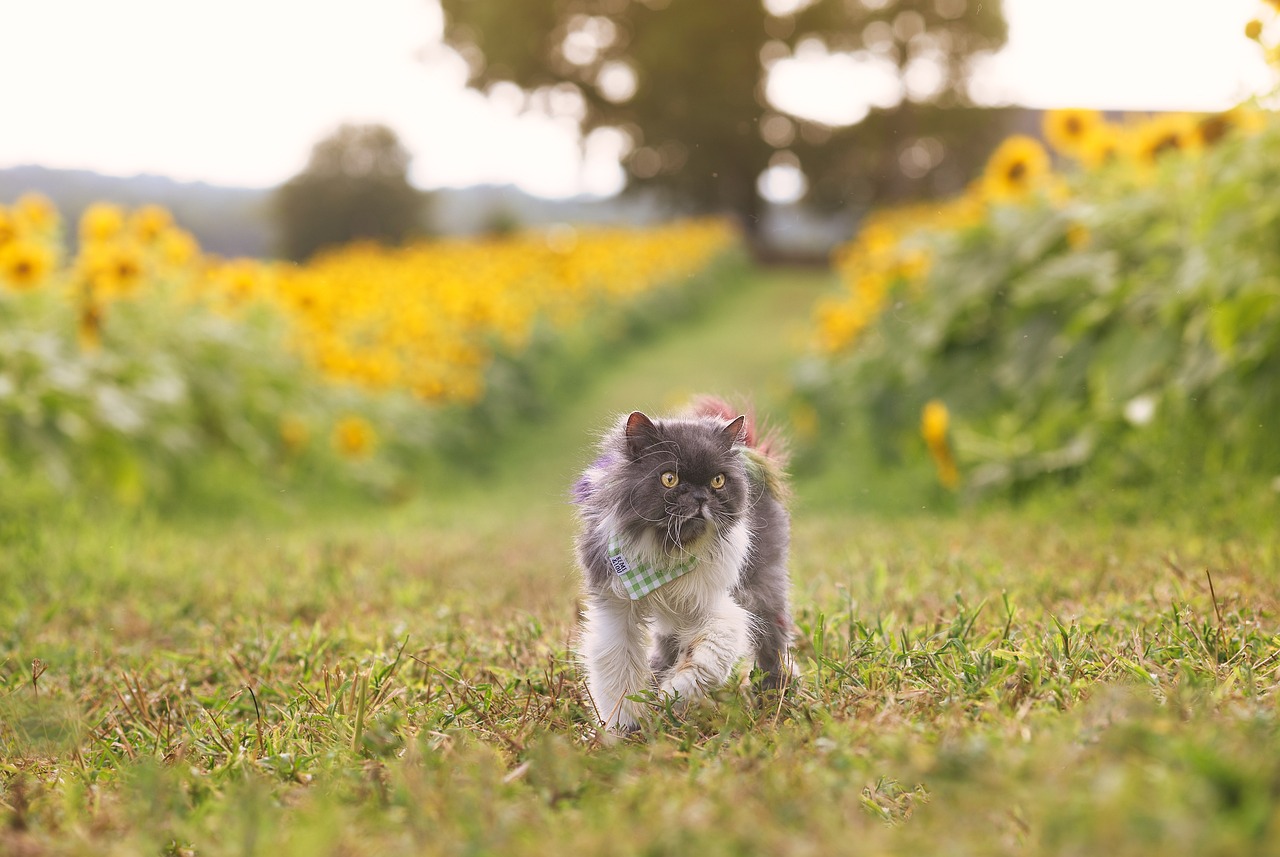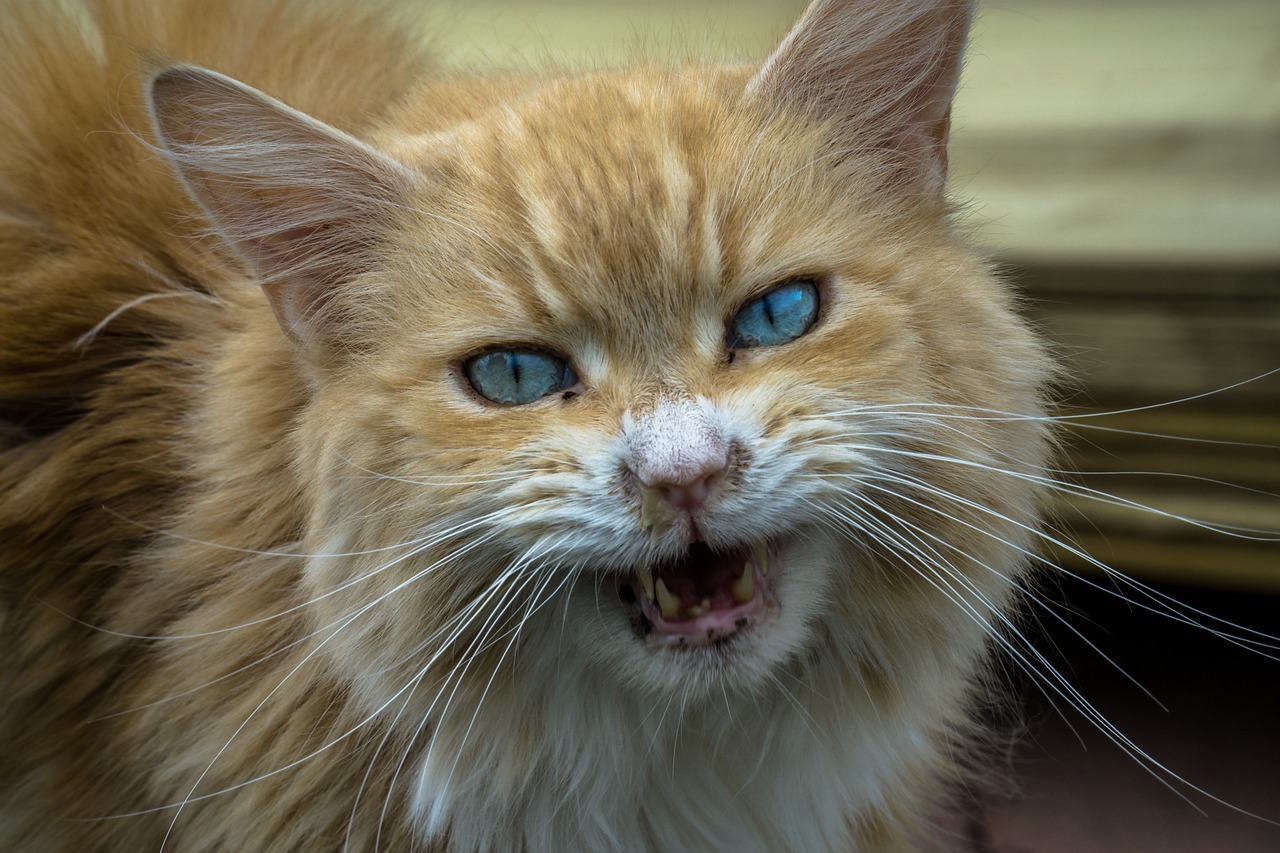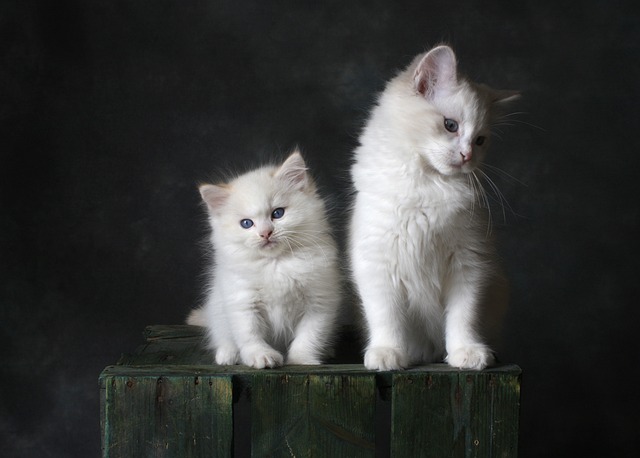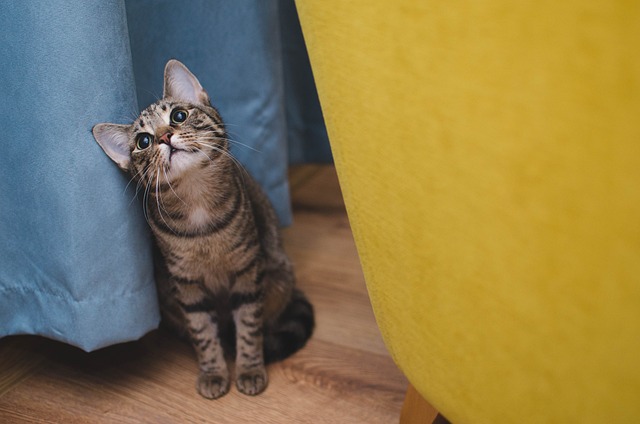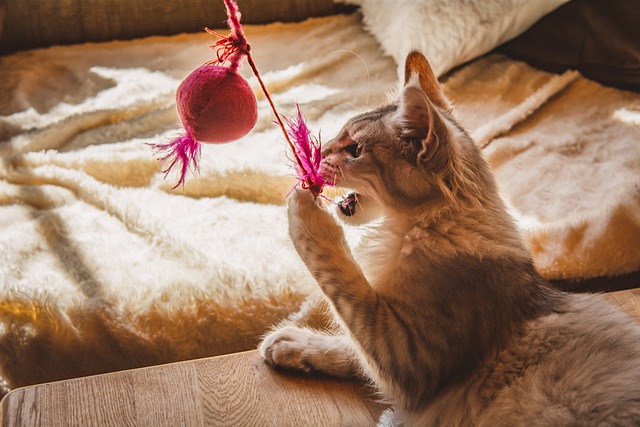Domestic cats and wild cats – The history of cats
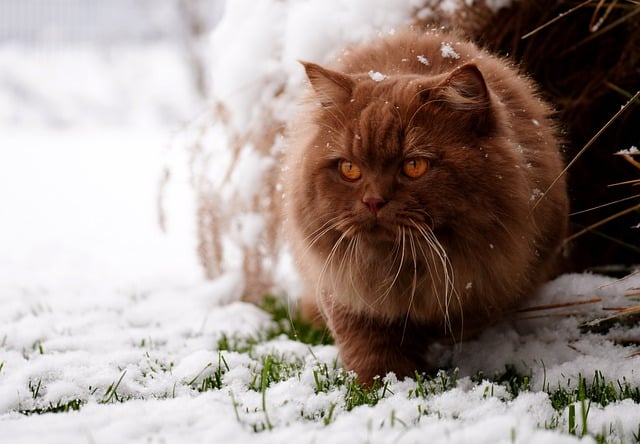
The first appearance of the domesticated cat dates back, according to original reports, to 8,000 years ago. According to the findings, at that time, the bones of mice, humans, and cats were buried together on the island of Cyprus. People then brought the unwanted mice and cats with them to Cyprus.
Cat domestication
Agriculture was not only the main occupation of the Egyptians but also of the primitive people of southwest Asia and the people of Africa, where cats later appeared. Since the harvest of crops was possible only once or twice a year, it became difficult to store food grains. The arrival of mice, rats, and other pests only added to the difficulty.
Soon, people observed that the cat population was eating the rodents that destroy food grains.
People invited the cats into their daily lives with great courtesy after observing the cats chasing the rodents. Farmers used fish heads, milk, bread, and other food scraps to attract and entice the cats to roam around their homes. As a result, the cats simply discovered a place in their environment, a stable source of love, affection, and food from humans.
People remember cats for their illustrious position in history. Cats and Egyptians shared a unique relationship. In ancient times, the Egyptians owned different varieties of animals such as pigs, sheep, cattle, poultry, and monkeys. Cats, on the other hand, roamed the area unreservedly at their whim.
Protection of the cats
Egypt established laws to protect and safeguard cats, as people had very high regard for them. A sacred order of cat worship developed because of the high status of cats and lasted for about 2,000 years. In Egypt, people worshipped Bastet, the cat goddess. Bastet had the head of a cat and the body of a woman. Bastet was associated with motherhood, elegance, beauty, and fertility. In ancient Egypt, people used to call a cat “Mau”, which sounds like “meow”, a common word among cats.
Under the rule of the Pharaohs, people who injured or killed cats were severely punished. If a house was burned down, humans had to think of the cats first. If the death of a cat was due to natural factors, the whole family needed to start detailed mourning by beating their chests and reciting slogans as a sign of grief.
It was necessary to wrap the body of the cat in a cloth, and an inspection was mandatory to ensure that the death of the cat was natural. The cats’ graves also included mummies of mice to ensure that they had enough food for their next journey. Soon, cats sailed to countries such as India, Japan, China, Italy, and Greece.
Other historical facts
In the Middle Ages, people used to torture and sacrifice cats in sacred rituals. People considered and despised cats as members of Satan. People considered black cats to be bad omen.
Because of the persecution of cats, the number of rodents increased, and the plague appeared and devastated life. It was then that cats were appreciated and once again gained popularity in the 18th century.
Cats became extremely popular in the nineteenth century and shows of cats of different pedigrees began in the late nineteenth century.
